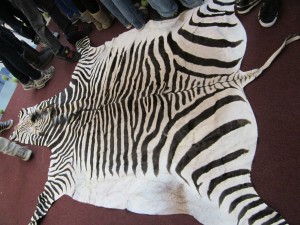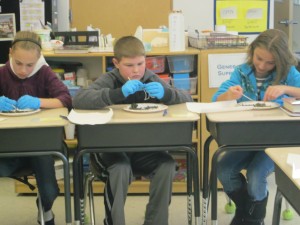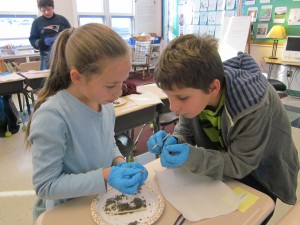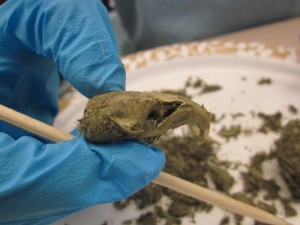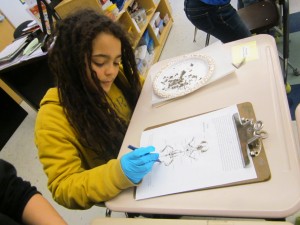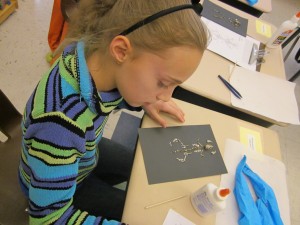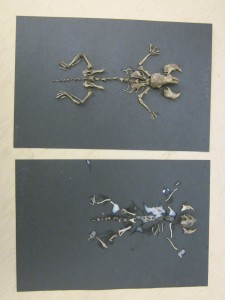By Miles Gillett and Jack Nagy
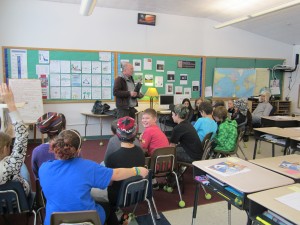
On January 9, 2013, Micky Novak visited our class to talk to us about the illegal trade of endangered animals. We learned that there are many reasons endangered animals are being traded illegally. Here are just a few. Micky said that in ancient cultures it was believed that Bengal tiger and bear gall bladders could make you healthy, even though they have no medicinal value. He also said that most people who had endangered species products had no idea they were endangered species. He said that most people were either carrying or wearing these items in airports.
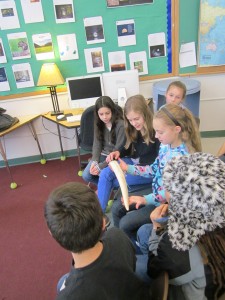
On Micky’s visit, he was not short on confiscated products made from endangered animals. One of the most memorable things he brought was an 18-foot python that was bought to be hung in a apartment in New York. He also brought in a zebra pelt, a small statue made from ivory, a walrus tusk, an alligator purse, and many other items. As you can see Micky’s visit had many interesting objects and was packed with information.
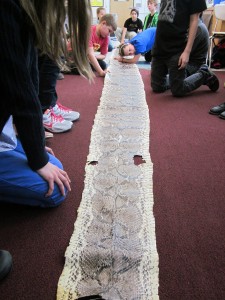
We learned that we should be aware of the things around us in case they are made from endangered species. Micky said that it is illegal to own endangered species products without a permit. These things stuck out to us because we think it is important to be aware of what is around you.
